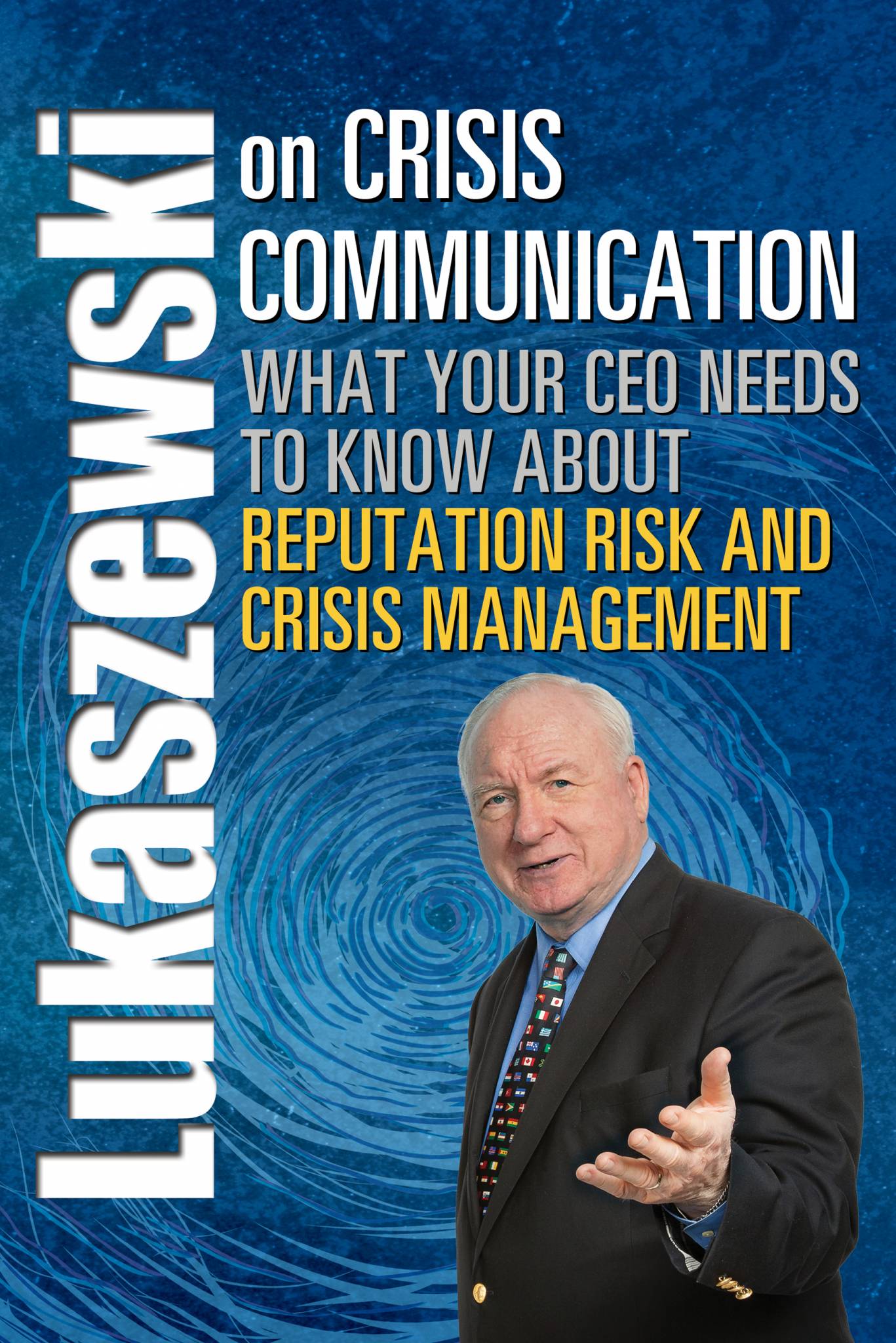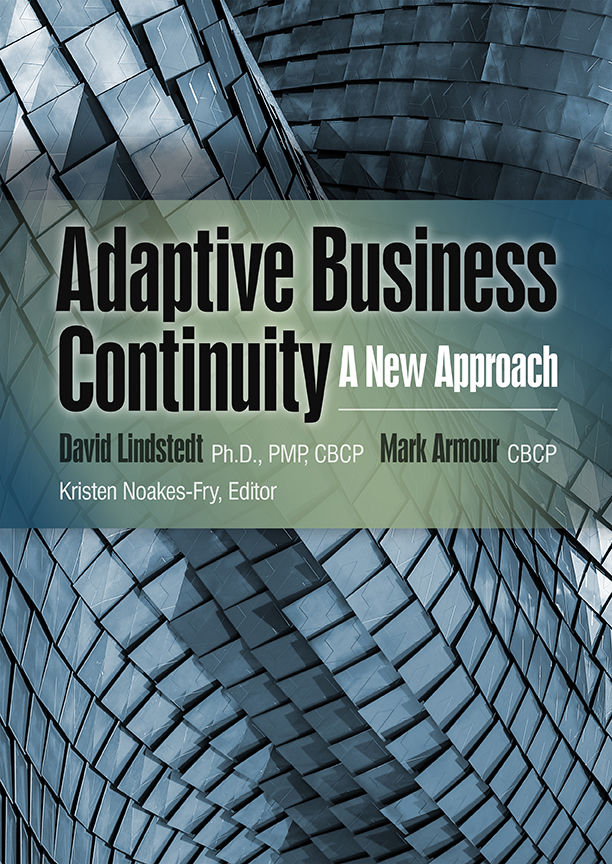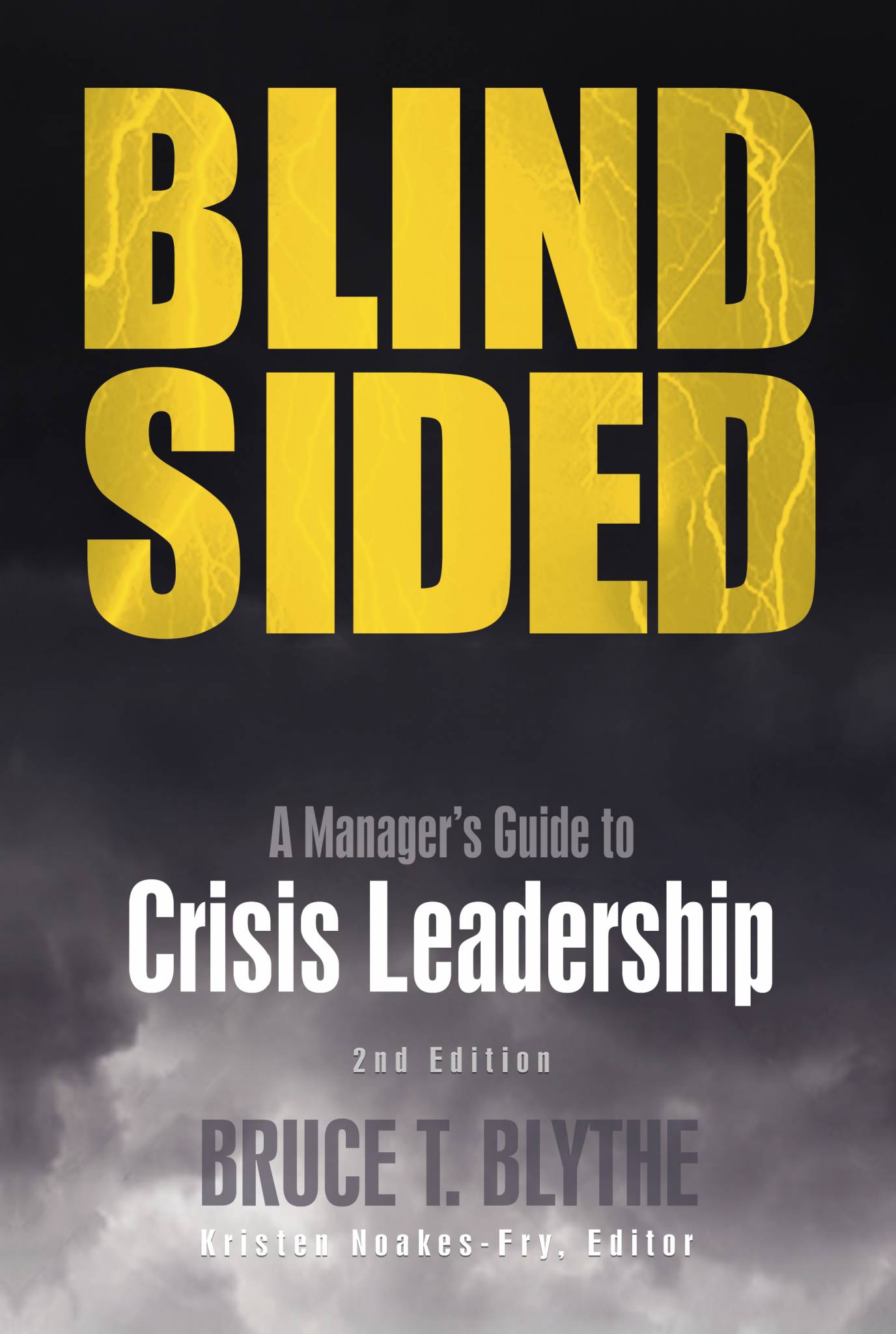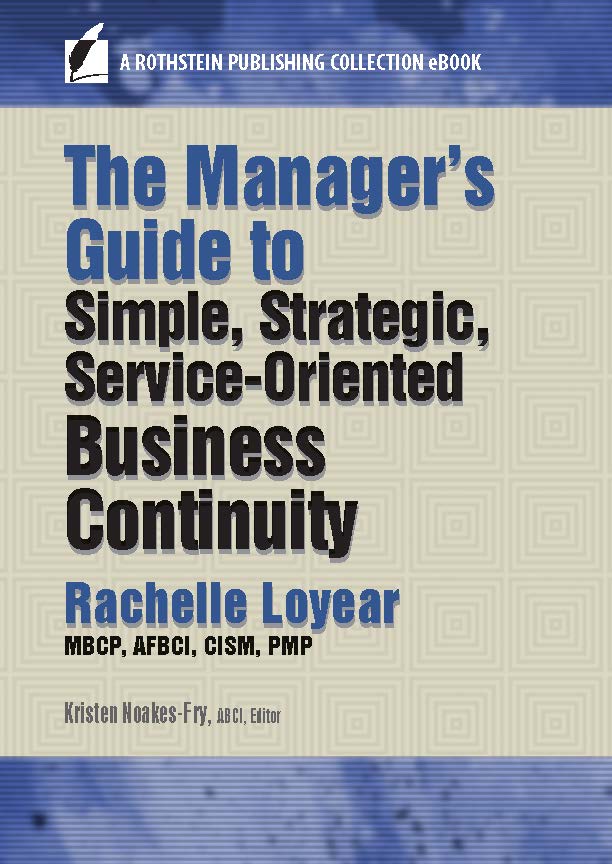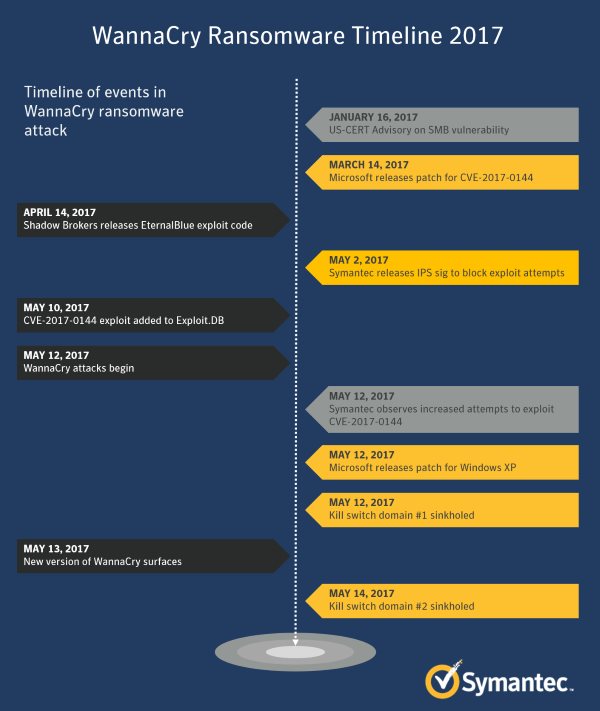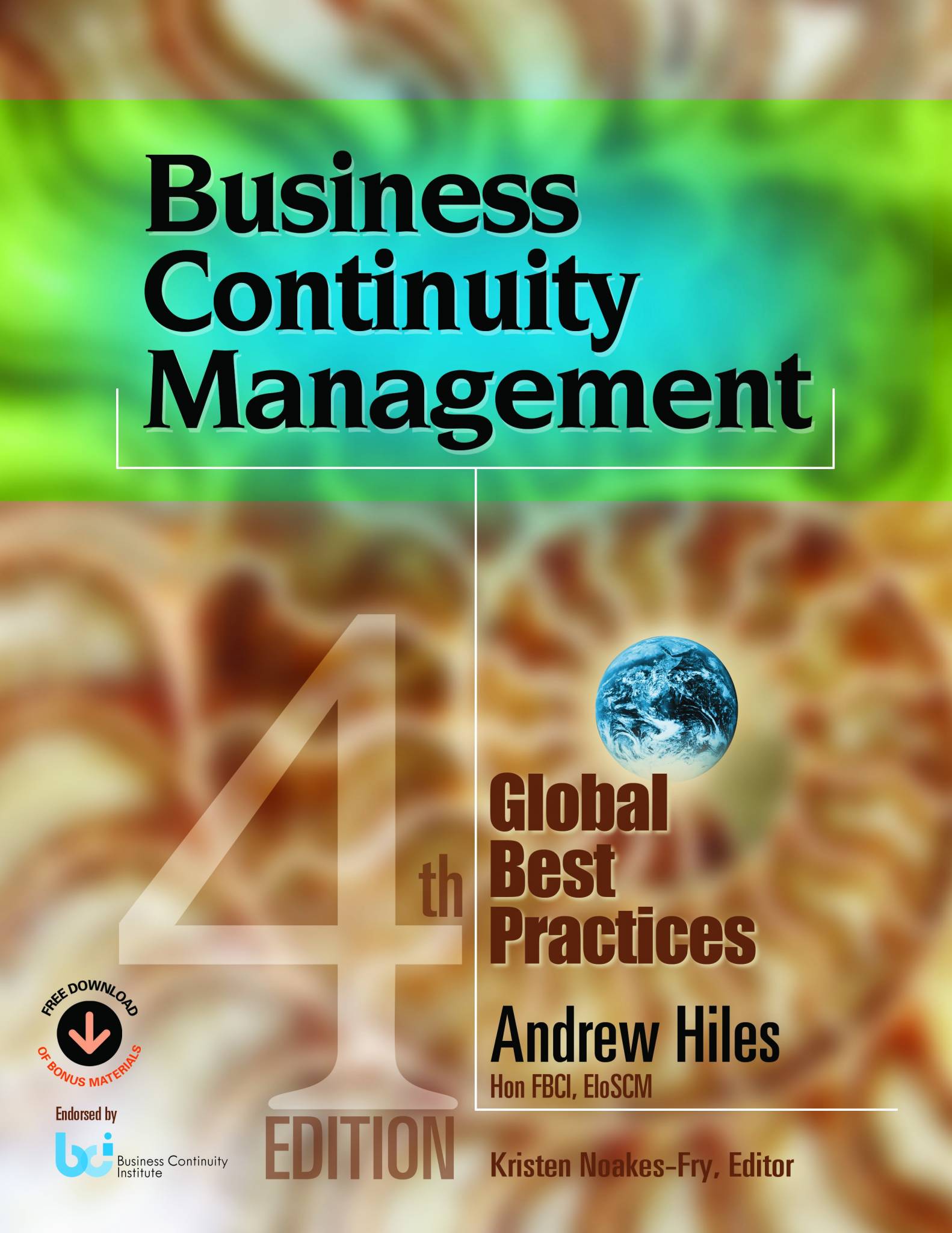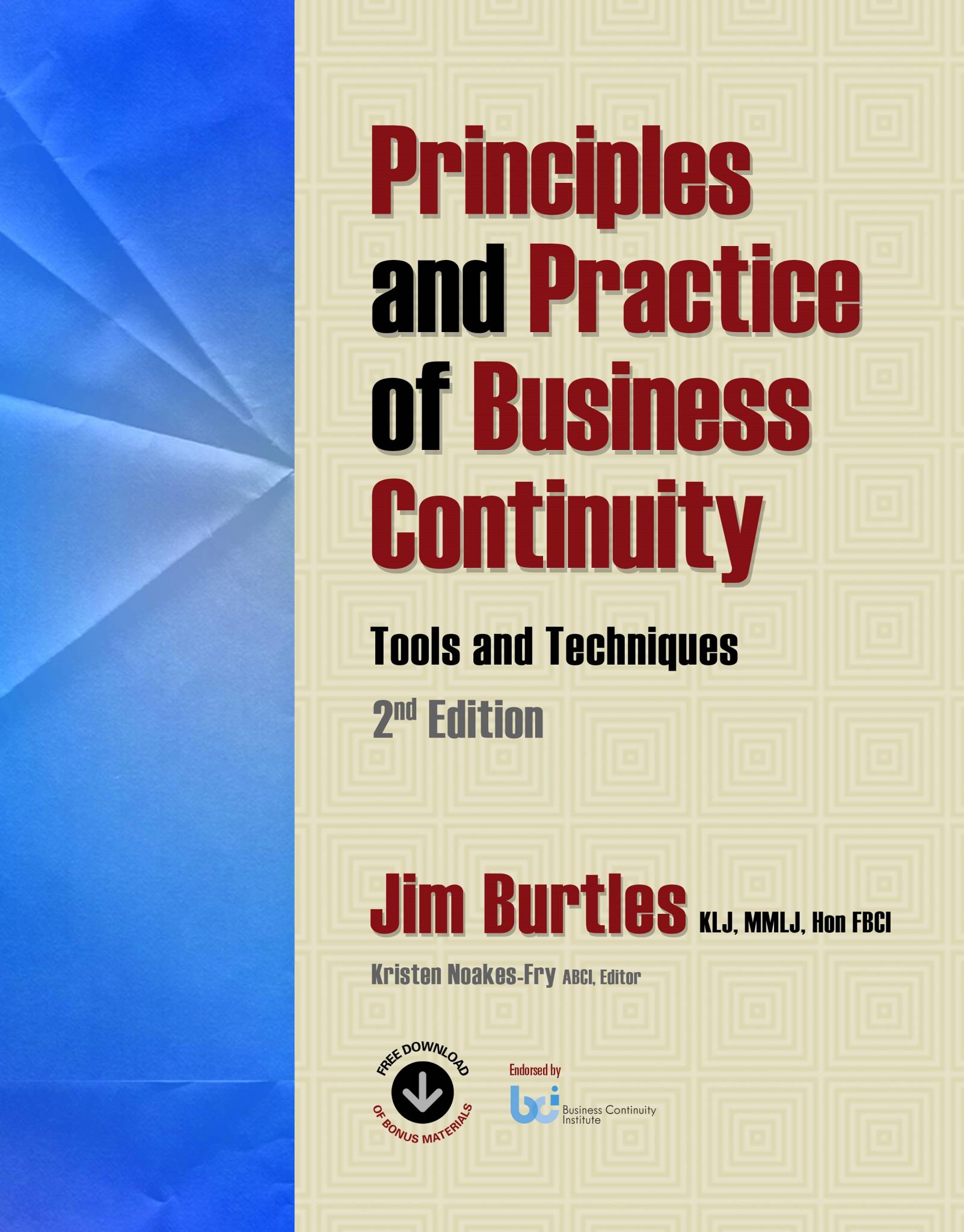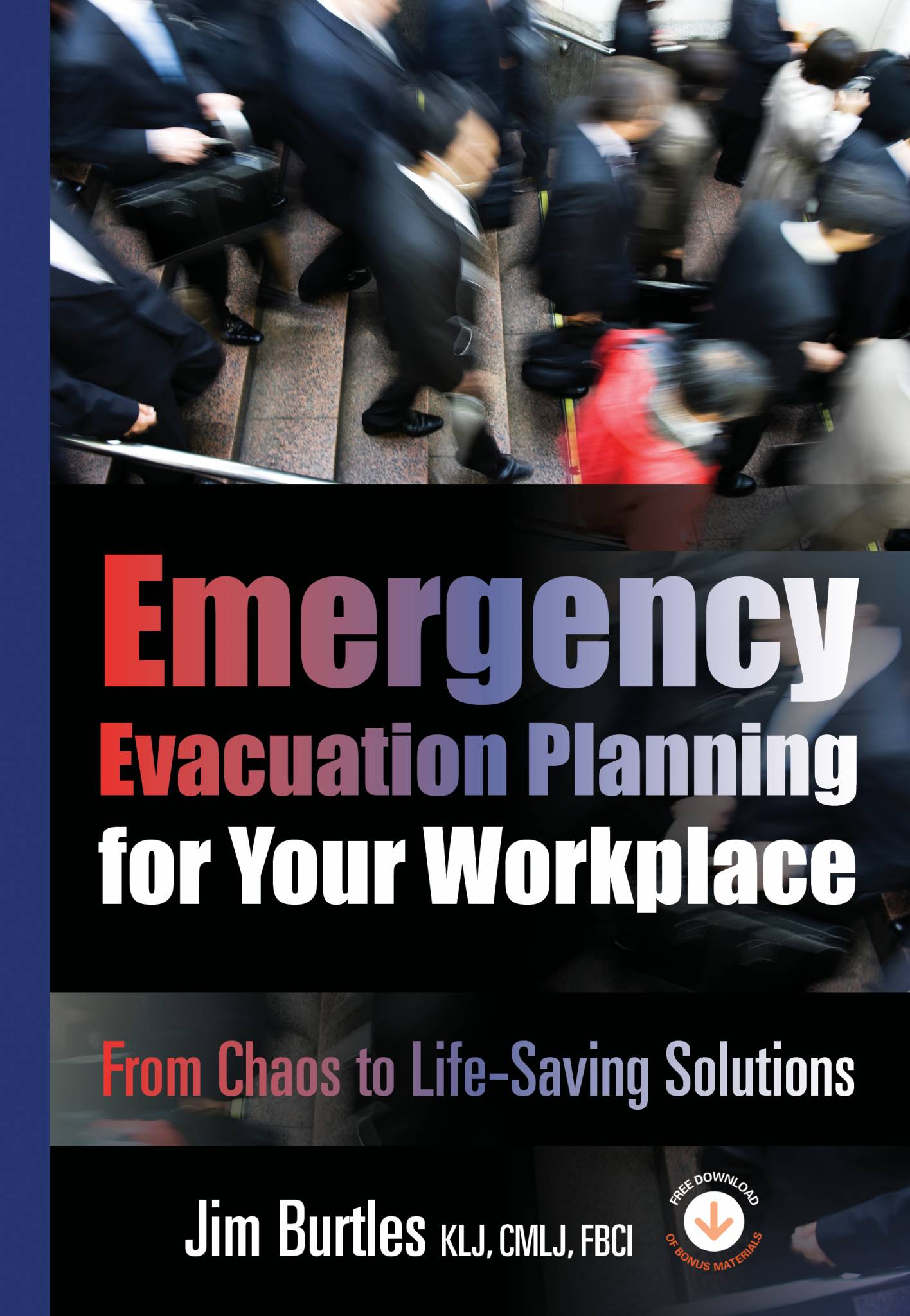Get crisis-ready NOW! Learn from a master exactly what to do, what to say, when to say it, and when to do it while the whole world is watching: stop creating victims; communicate effectively with all stakeholders; prevent lawsuits; and reduce the negative impact of media hounds and activists. All supported by case studies and real-life examples, by trusted advisor to CEOs and practitioner/trainer named among the 100 Top Thought Leaders of 2013 by Trust Across America; profiled in Living Legends of American Public Relations; listed in Corporate Legal Times as one of “28 Experts to Call When All Hell Breaks Loose.”
